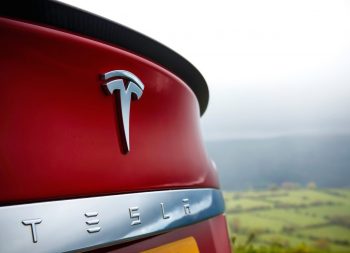While closing out the Tesla Cybertruck unveiling, the company rode a pure electric ATV on to the stage called Tesla Cyberquad, which is loadable on the pickup’s bed. Like the pickup, the ATV is still in the pipeline, Elon Musk, co-founder and CEO, Tesla, has confirmed.
Speaking at Tesla’s 2021 annual shareholder meeting, Musk revealed that the Tesla Cyberquad production could take place at Tesla Giga Texas. “We’re definitely going to be making Cybertruck here (Tesla Giga Texas), and so probably the ATV, too,” Musk said. He suggested that the company aims to make it the least dangerous ATV, one that doesn’t easily roll over.
It’ll have a really low centre of gravity because the battery pack will be down low, and I think we can do some things with the suspension, just make it really hard to roll this thing, you know. Because when ATVs roll is when bad things happen. So it’s gonna be the ATV that won’t roll, so it’ll be cool.
Elon Musk, co-founder and CEO, Tesla (2021 annual shareholder meeting)
Max Betteridge’s electric quad
The Tesla Cyberquad is unlikely to enter production before the Tesla Cybertruck, which means that it’s probably at least a year away from going on sale. So until then, we can take a look at the Corretto, a digitally designed electric ATV from Auckland-based product designer Max Betteridge who is passionate about building motorcycles.
Inspiration for the project
Corretto (the name borrowed from the coffee drink: Caffè corretto), is an exploration in form. Tesla’s Cyberquad release showed the world just how far traditional ATV design could be pushed; that inspired me to see how far I could push the traditional design in my own direction. I don’t have a transportation design background and am not a designer per se. I trained as a product development engineer and motorcycle design is a hobby for me. I try to use my background to my advantage – designing the motorcycle way I would design a consumer product.
Design & Features
My design philosophy was to use a minimal, modern approach – creating form by bending and wrapping simple surfaces to create a sense of lightness and flow. Where traditional designers might use hip-lines and creases to accentuate form, I try to use simple floating surfaces to create form instead. I use the edges of the surfaces and the space between the surfaces to create visual interest. This approach is partly due to personal preference, and partly due to my CAD modelling ability! I’ve never learnt A-class surfacing which is used in automotive design, so I’m forced to work with the tools and knowledge I have.
The challenge in designing this ATV was the balance between bulky and sleek. ATV’s are much larger than motorcycles and it is important not to compromise ergonomics or functionality. Creating visual weight at the front of the bike and lightness at the rear of the bike is a trick I borrowed from my 2-wheel motorcycle designs which seems to lend itself well to the Corretto. Another design element I brought over from my 2-wheel designs in the front fairing – a modern take on the classic cafe-racer bikini fairings which seems to give the Corretto some personality and familiarity.
Specifications
This design is just a visual concept. I have tried to accommodate a large battery up-front and based the design around a relatively standard wheelbase and running gear to make it as easy as possible to use standard OEM componentry.
Price Range
The question is – if it were for sale, would anyone even want to buy it? When people buy ATV’s they want a rugged utility vehicle. The Corretto doesn’t really fit into the existing market at all! But at the end of the day, that’s the whole point, right? EV’s are a paradigm shift from traditional ICE vehicles. It’s our job as designers to seize this opportunity and really challenge the norms and, if we’re lucky, we might stumble onto an entirely new market segment.
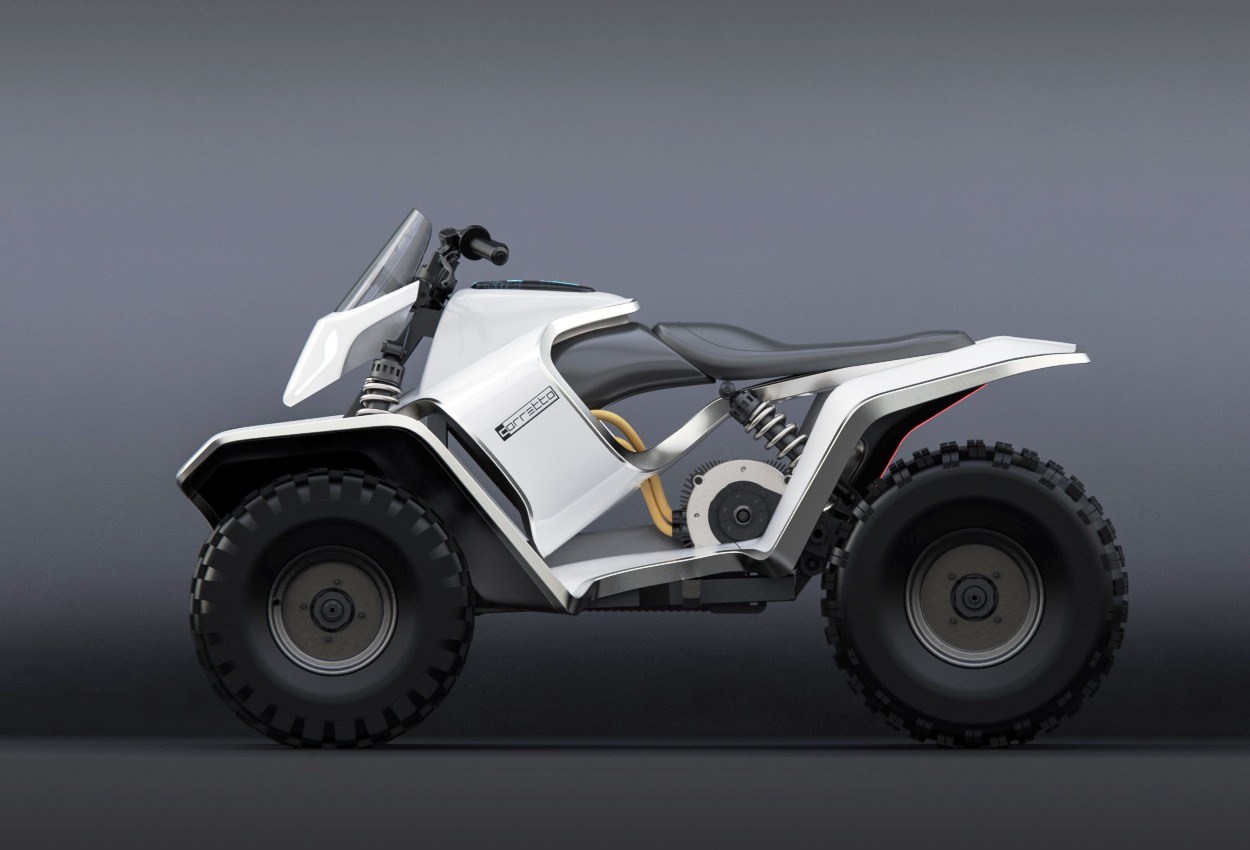
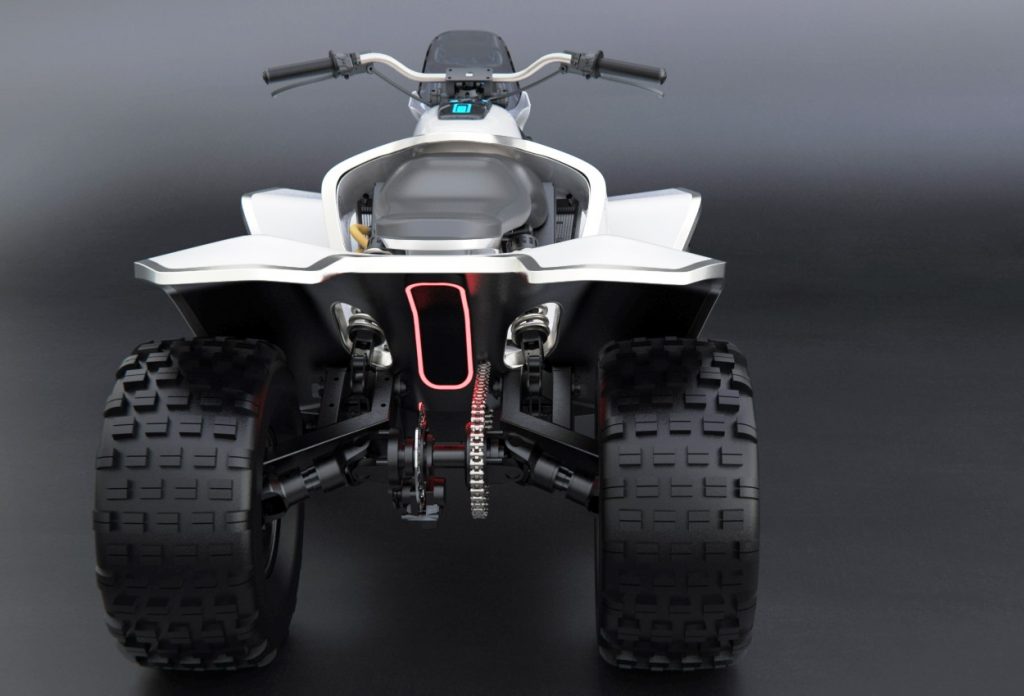
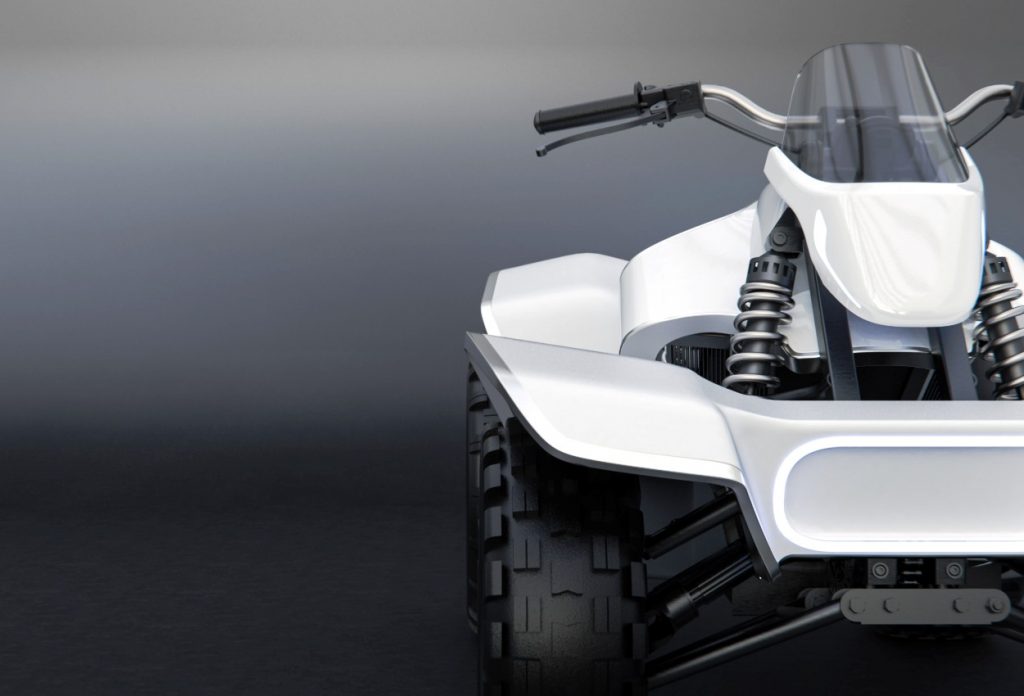
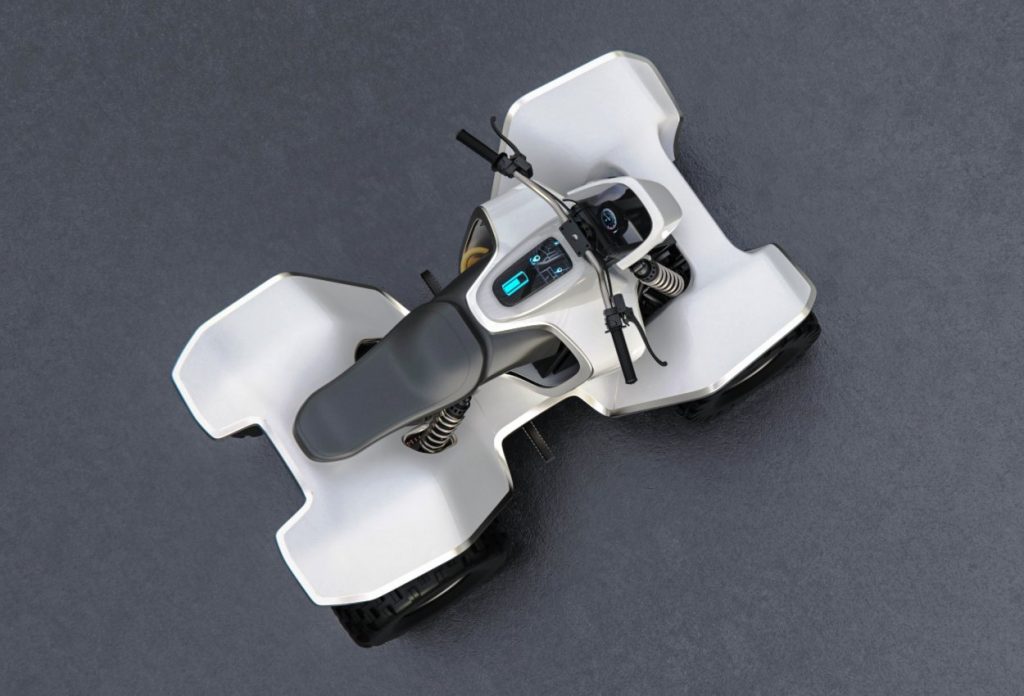
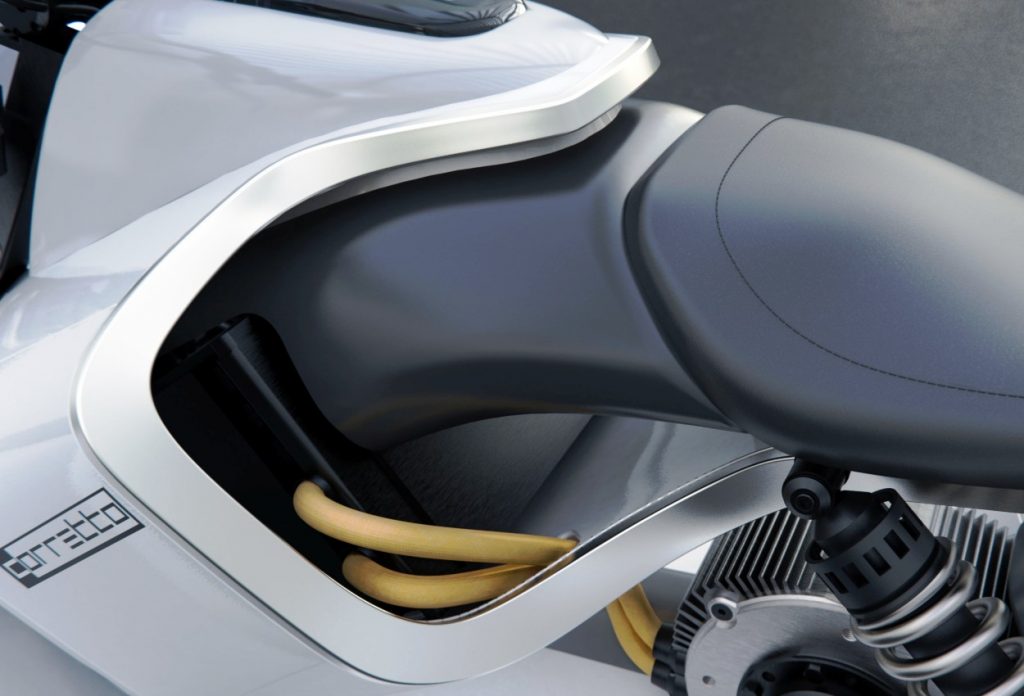
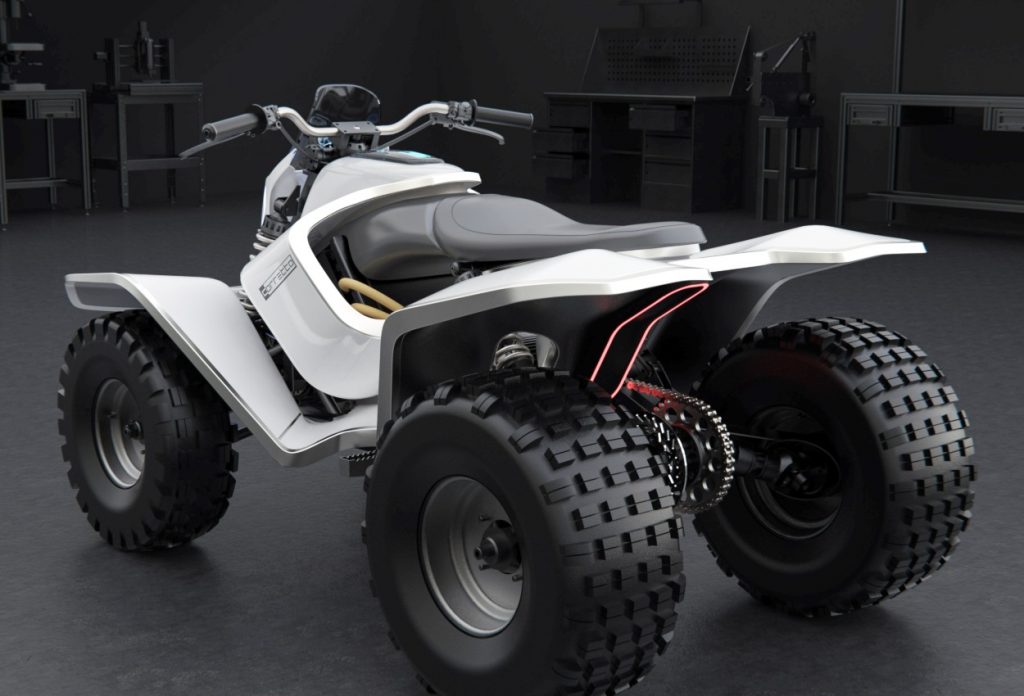
![New Tesla Roadster torquier than Plaid, hints Elon Musk [Update]](https://electricvehicleweb.com/wp-content/uploads/2020/05/2022-Tesla-Roadster-press-image-350x197.jpg)
![Everything we know about the $25k Tesla car or ‘Tesla Model 2’ [Update]](https://electricvehicleweb.com/wp-content/uploads/2021/10/Tesla-Model-Q-rendering-350x184.jpg)
